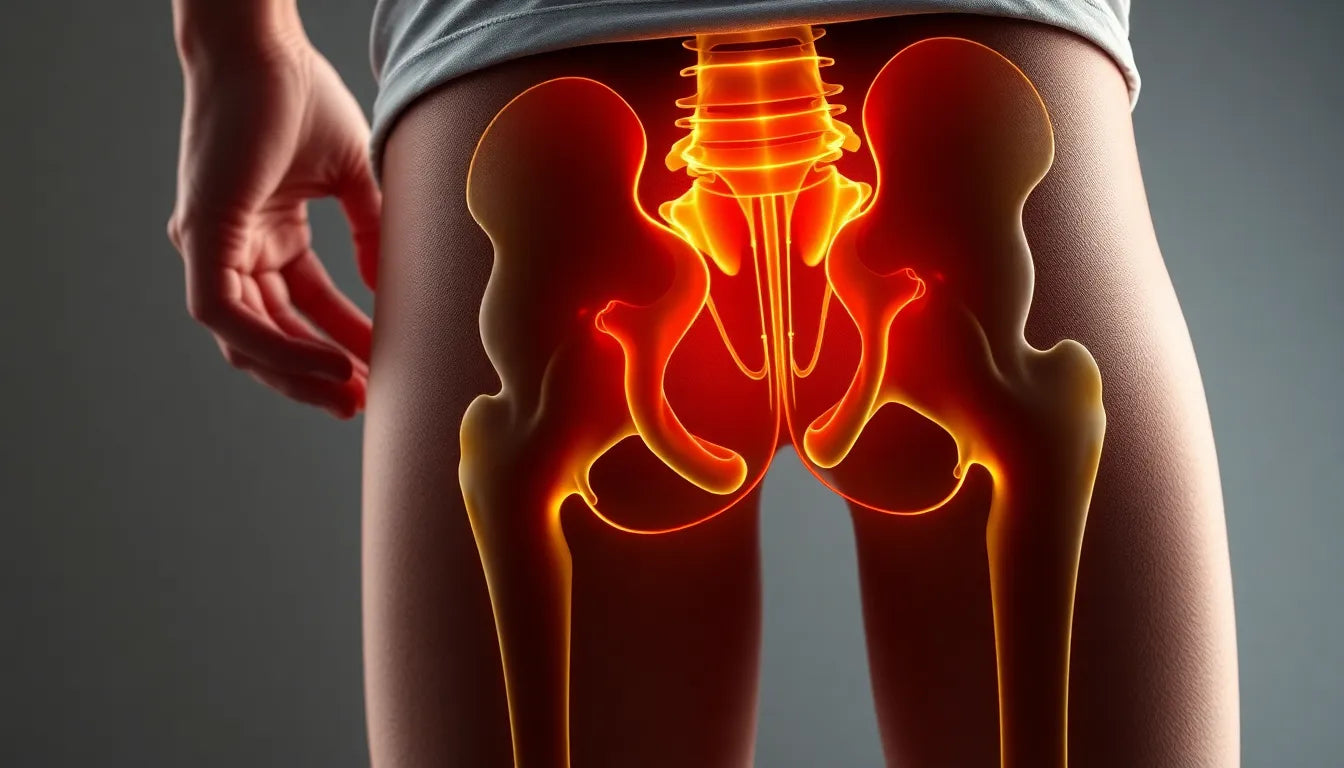Tension headaches are a common ailment, often characterized by a persistent, dull ache that can make even the simplest tasks feel overwhelming. These headaches frequently manifest as a band-like tightness around the head, accompanied by tension in the neck and shoulders. Understanding the nature of tension headaches is the first step toward finding effective relief.
Understanding tension headaches
Tension headaches, the most prevalent type of headache, are often described as a constant pressure or tightness, typically affecting both sides of the head. Symptoms can include mild to moderate pain, a sensation of tightness or pressure across the forehead or on the sides and back of the head, and tenderness in the scalp, neck, and shoulder muscles. Unlike migraines, tension headaches usually do not cause nausea or vomiting.
The causes of tension headaches are varied, with stress being one of the most common triggers. Poor posture, particularly from prolonged periods of sitting or working at a desk, can also contribute significantly. Muscle tension in the neck and shoulders, often resulting from stress or poor posture, is another frequent culprit. These factors can lead to a cycle of pain and discomfort that disrupts daily life.

Women's Posture Shirt™ - Black
Patented shirt improves posture & relieves pain in daily life or exercise.
The impact of tension headaches on daily activities can be significant. They can reduce productivity, make concentration difficult, and generally lower the quality of life. This makes effective management crucial for those who suffer from frequent tension headaches. Addressing the root causes, such as stress and posture, is essential in mitigating their occurrence and severity.
The role of exercise in relief
Incorporating specific exercises into your routine can be an effective strategy to combat tension headaches. Targeted exercises can help alleviate the muscle tension that contributes to headaches, offering a natural and proactive approach to pain management. By focusing on areas prone to tension, such as the neck and shoulders, these exercises can provide significant relief.
Regular exercise offers numerous benefits that extend beyond headache relief. It can improve posture, which is often a contributing factor to tension headaches. Exercises designed to strengthen and stretch the muscles in the neck and shoulders can reduce muscle tension and increase flexibility, making them a vital part of any headache management plan. Moreover, regular physical activity can help reduce stress levels, further decreasing the likelihood of tension headaches.
By understanding the underlying causes and implementing a routine of targeted exercises, individuals can take control of their tension headaches. This proactive approach not only helps alleviate current symptoms but also reduces the likelihood of future headaches, leading to a more productive and pain-free life.
Effective exercises for tension headache relief
To effectively combat tension headaches, incorporating specific exercises into your routine can be highly beneficial. These exercises are designed to target the neck, shoulders, and posture, which are often the areas most affected by tension headaches. By focusing on these areas, you can alleviate muscle tension, improve posture, and ultimately reduce the frequency and severity of headaches.
Shoulder stretch and squeeze
Begin by standing or sitting with a straight back. Slowly lift your shoulders towards your ears, hold for a few seconds, and then gently pull them back, squeezing your shoulder blades together. Hold this position for a few seconds before releasing. Repeat this exercise several times. The shoulder stretch and squeeze helps relieve tension in the shoulders and upper back, areas commonly affected by tension headaches.
Chin tucks
To perform chin tucks, sit or stand with your spine straight. Gently draw your chin towards your neck, as if creating a double chin, without tilting your head. Hold this position for a few seconds before returning to the starting position. Chin tucks are effective in improving neck alignment and reducing strain, which can help alleviate tension headaches.
Side lifts with resistance band
Using a resistance band, stand with your feet shoulder-width apart. Hold the band with both hands, keeping it taut. Slowly lift your arms to the side until they are at shoulder height, keeping your movements controlled. Lower your arms back to the starting position and repeat. This exercise strengthens the neck and shoulder muscles, enhancing stability and endurance, which are crucial for reducing tension headaches.
Cat-cow stretch
Position yourself on all fours, with your hands under your shoulders and knees under your hips. Begin by arching your back towards the ceiling (cat pose), then slowly transition to rounding your back towards the floor (cow pose). Repeat this sequence several times. The cat-cow stretch increases flexibility and relieves spinal tension, which can help reduce the occurrence of tension headaches.
Wall posture exercise
Stand with your back against a wall, ensuring your head, shoulders, and hips are aligned. Hold this position for a few seconds, focusing on maintaining proper alignment. This exercise is essential for improving posture and reducing tension, which are key factors in managing tension headaches.

Men's Posture Shirt™ - Black
Patented shirt activates muscles & supports posture, easing tension and pain.
Lateral neck stretch
Sit or stand with your spine straight. Gently tilt your head to one side, bringing your ear towards your shoulder. Hold this stretch for a few seconds before repeating on the other side. The lateral neck stretch targets neck muscles and alleviates tension, which can help reduce headache symptoms.
Circular head movements
Sit or stand with a straight spine. Slowly rotate your head in a circular motion, first in one direction and then the other. Ensure the movements are slow and smooth to avoid any strain. Circular head movements increase neck mobility and reduce stiffness, which are beneficial for preventing tension headaches.
Building a routine for relief
Consistency is key when it comes to managing tension headaches through exercise. It's recommended to practice these exercises several times a week to experience the full benefits. You can customize your routine based on your personal needs and gradually increase the intensity as you become more comfortable with the exercises. Remember, the goal is to reduce tension and improve overall posture, leading to fewer headaches and a better quality of life.
Individualized exercise plans and professional guidance
While the exercises outlined in this guide are beneficial for many, it's essential to recognize that each individual's needs may vary. Those who suffer from chronic tension headaches might require a more tailored approach to effectively manage their symptoms. Creating an individualized exercise plan can be crucial for addressing specific concerns and ensuring the most effective relief.
Consulting with a healthcare professional, such as a physiotherapist, can provide valuable insights and personalized guidance. These experts can assess your unique situation and recommend exercises that align with your specific needs. This professional input can be especially beneficial for those who have not experienced relief from standard exercises or who have underlying health conditions that may affect their headache management strategy.
Incorporating professional advice into your routine can enhance the effectiveness of your exercise regimen, ensuring that you are performing the right exercises with the correct form and intensity. This personalized approach not only helps in managing current symptoms but also aids in preventing future occurrences, ultimately leading to a more comfortable and headache-free life.
Frequently Asked Questions
What should I do if the exercises worsen my headache?
If you experience increased pain or discomfort while performing these exercises, it's important to stop immediately. Consult a healthcare professional to rule out any underlying issues that may need attention. They can provide guidance on alternative exercises or adjustments to your current routine.
How long before I see results from these exercises?
The time it takes to see results can vary from person to person. Many individuals report noticing improvements within a few weeks of consistent practice. However, regularity is key, and maintaining a routine is crucial for achieving long-term benefits.
Can these exercises prevent tension headaches?
While these exercises can significantly reduce the frequency and severity of tension headaches, they may not prevent them entirely. Regular practice, combined with a holistic approach to managing stress and maintaining good posture, can contribute to overall headache reduction.
Should I use any equipment for these exercises?
Some exercises, such as side lifts, can be enhanced with the use of resistance bands to increase effectiveness. However, many of the exercises can be performed without any equipment, making them accessible for everyone.
When should I seek medical advice for my tension headaches?
If your headaches are severe, persistent, or accompanied by other symptoms such as vision changes or dizziness, it's important to seek medical advice. A healthcare professional can help determine the cause and recommend appropriate treatment options.
Conclusion
Incorporating these exercises into your routine can be a powerful step towards managing tension headaches and improving your quality of life. By focusing on reducing muscle tension and improving posture, you can experience long-term relief and a reduction in headache frequency. Remember, consistency is key, and seeking professional guidance can enhance your efforts. Embrace this proactive approach to headache management and enjoy a more comfortable, productive life.
Kilder
- "Spændingshovedpine – Ikke nu igen!" Smertefys.
- "Fysisk aktivitet og øvelser mod spændingshovedpine." Viden om Hovedpine.
- "Øvelser mod spændingshovedpine." Viden om Hovedpine.
- "Effective Exercises for Tension Headaches." YouTube.
- "Mindfulness øvelser." Aarhus Universitetshospital.
- "Spændingshovedpine." Apoteket.dk.
- "Hovedpine og nakkesmerter." Fysio.dk.


















